Target 6.1 Ensuring access to drinking water
By 2023, achieve universal and equitable access to safe and affordable drinking water for all

South Florida Contaminant Assessment & Risk Evaluation
The South Florida Contaminant Assessment & Risk Evaluation project is led by FIU researchers and is designed to improve environmental data in areas important to ENP, BNP and BCNP with a monitoring program for pesticides, metals, and contaminants of emerging concern; 2. Identify chemicals and metals of potential ecological concern and assess the ecological risk associated with exposure to existing levels of pollution. It is the most comprehensive analytical chemistry monitoring and ecological risk assessment conducted in South Florida. The analytical components of the project included 50 stations which were used to sample and analyze water, sediment, and biota tissue from ENP, BNP, and BCNP for chemicals of potential ecological concern and 20 common emerging contaminants (pharmaceutical and personal care products) including human hormones. One of the most important results of the project is that among the large number of contaminants measured (organic and inorganic) there were only a few compounds that represented immediate potential risks, and these were mostly limited to border regions adjacent to contamination sources.
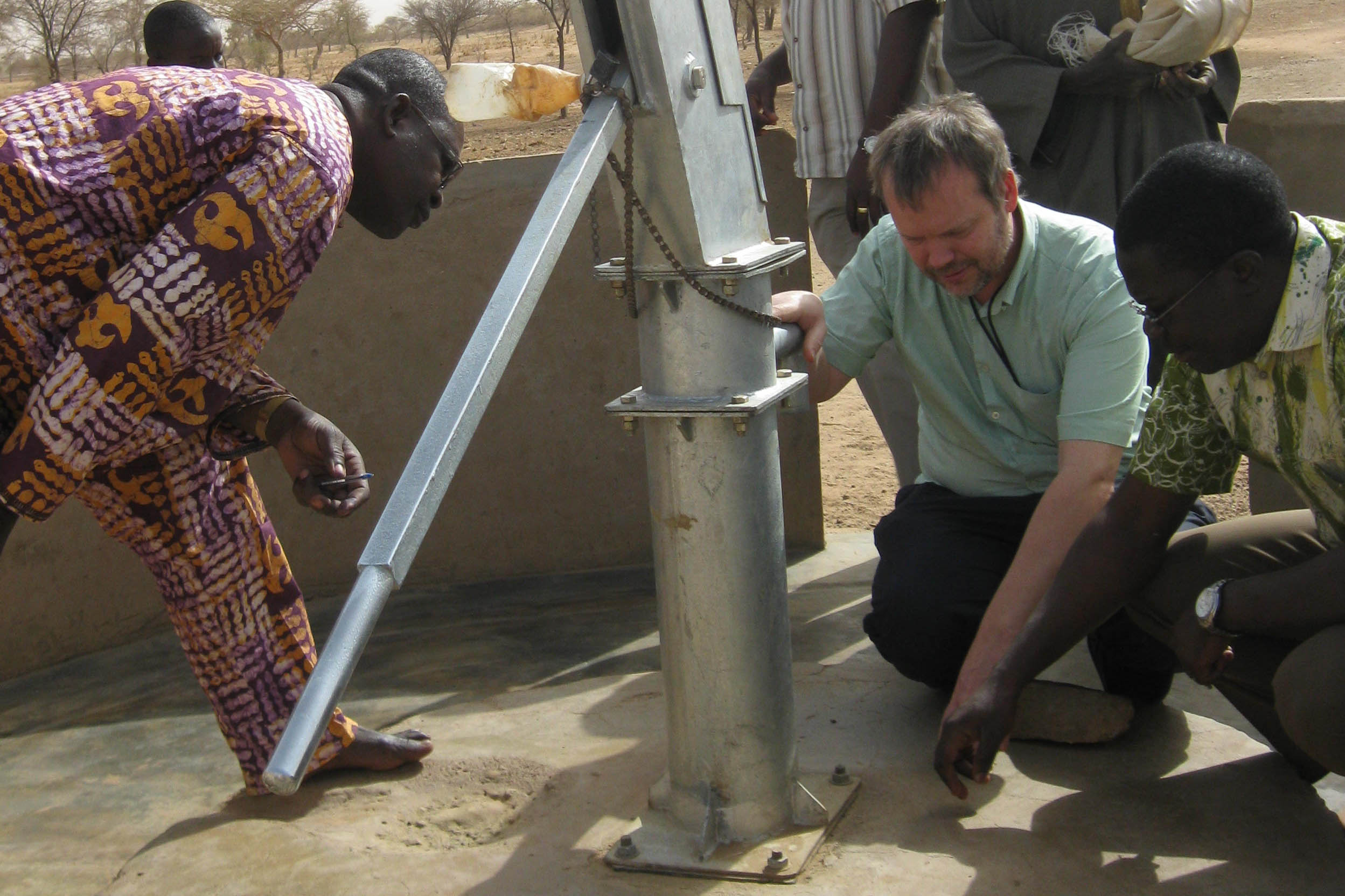
Ghana, Mali, Niger and Burkina Faso
This FIU-led and USAID-supported project increased access to safe water and sanitation and improved hygiene in Ghana, Mali, Niger and Burkina Faso. Our team introduced water and sanitation technology as well as promoted better hygiene at the community level through education. We used experiences from this project to develop models that could be scaled to other regions in Africa.
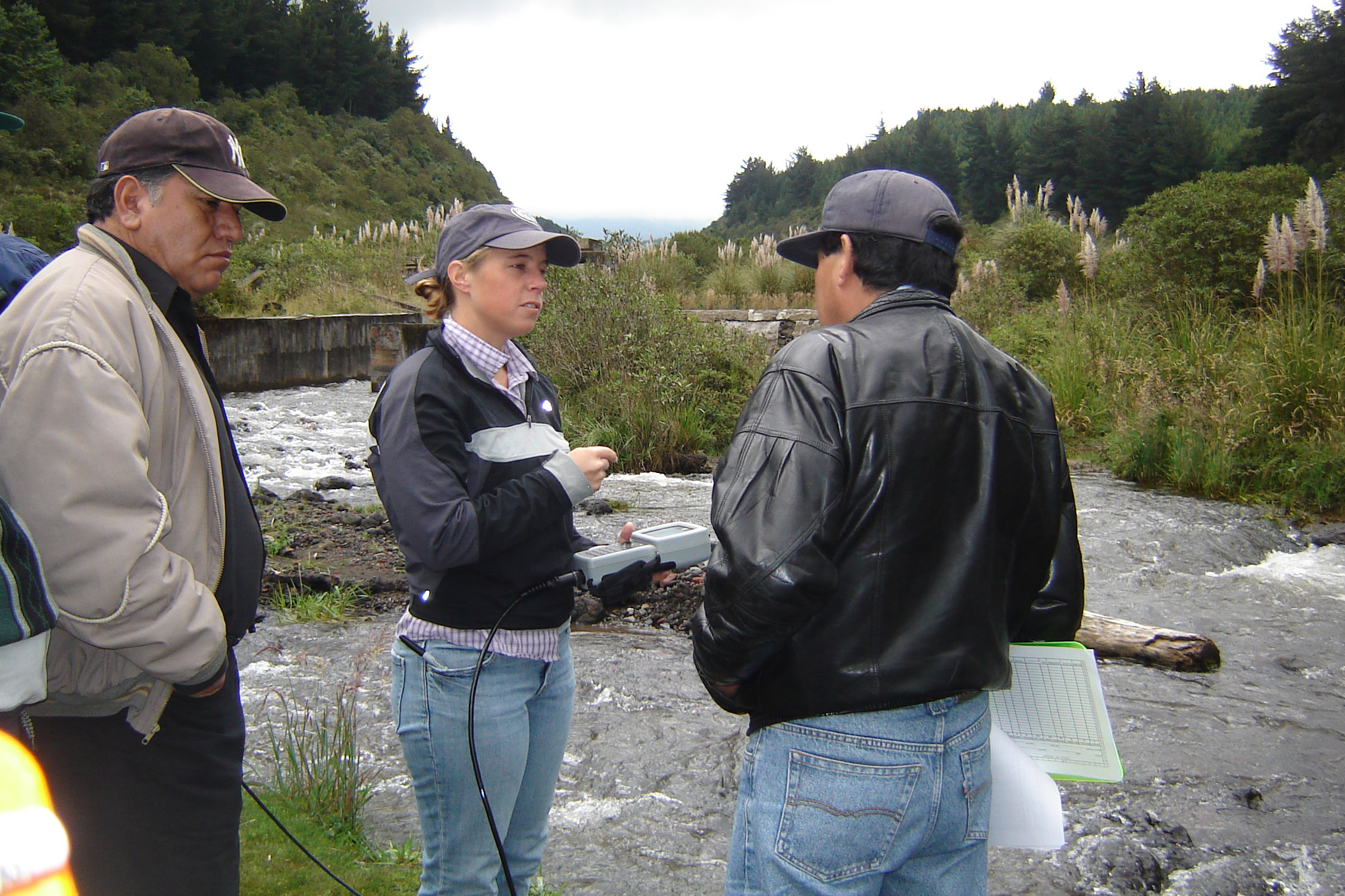
Ecuador and Peru
The Pastaza River basin begins in the Andes Mountains of Ecuador and ends at the Marañon River in Peru, which carries its waters into the Amazon. The lives of thousands of people are closely tied to the Pastaza River’s resources. A team led by FIU established the regular collection of water data to be used by local authorities and formed local committees to participate in effective water management. The project also developed a fisheries management plan, advanced sound petroleum exploration management and promoted collaboration among native communities on both sides of the border.
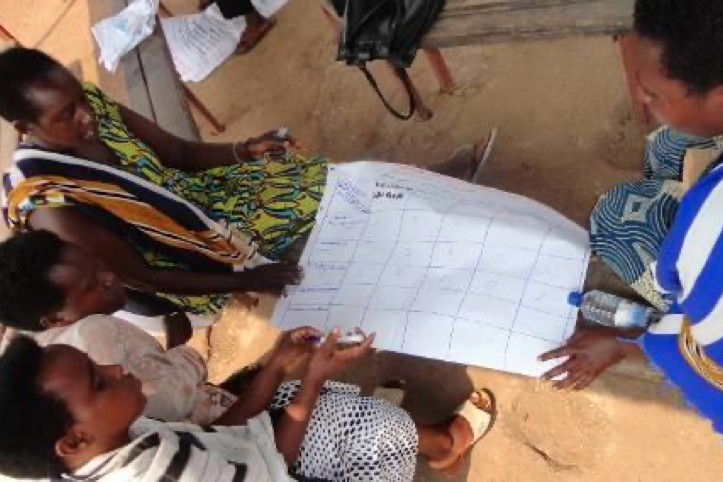
Rwanda
FIU’s Rwanda Integrated Water Security Program was designed to improve the sustainable management of water quantity and quality to positively impact human health, food security, and resiliency to climate change for vulnerable populations in targeted catchments in Rwanda. The project included low-cost and innovative technologies for water supply, sanitation and agriculture in Rwanda, along with multiple-use water services, sanitation marketing and product/supply chain development. Simultaneously, program managers worked with local communities to educate and improve individual hygiene behaviors.
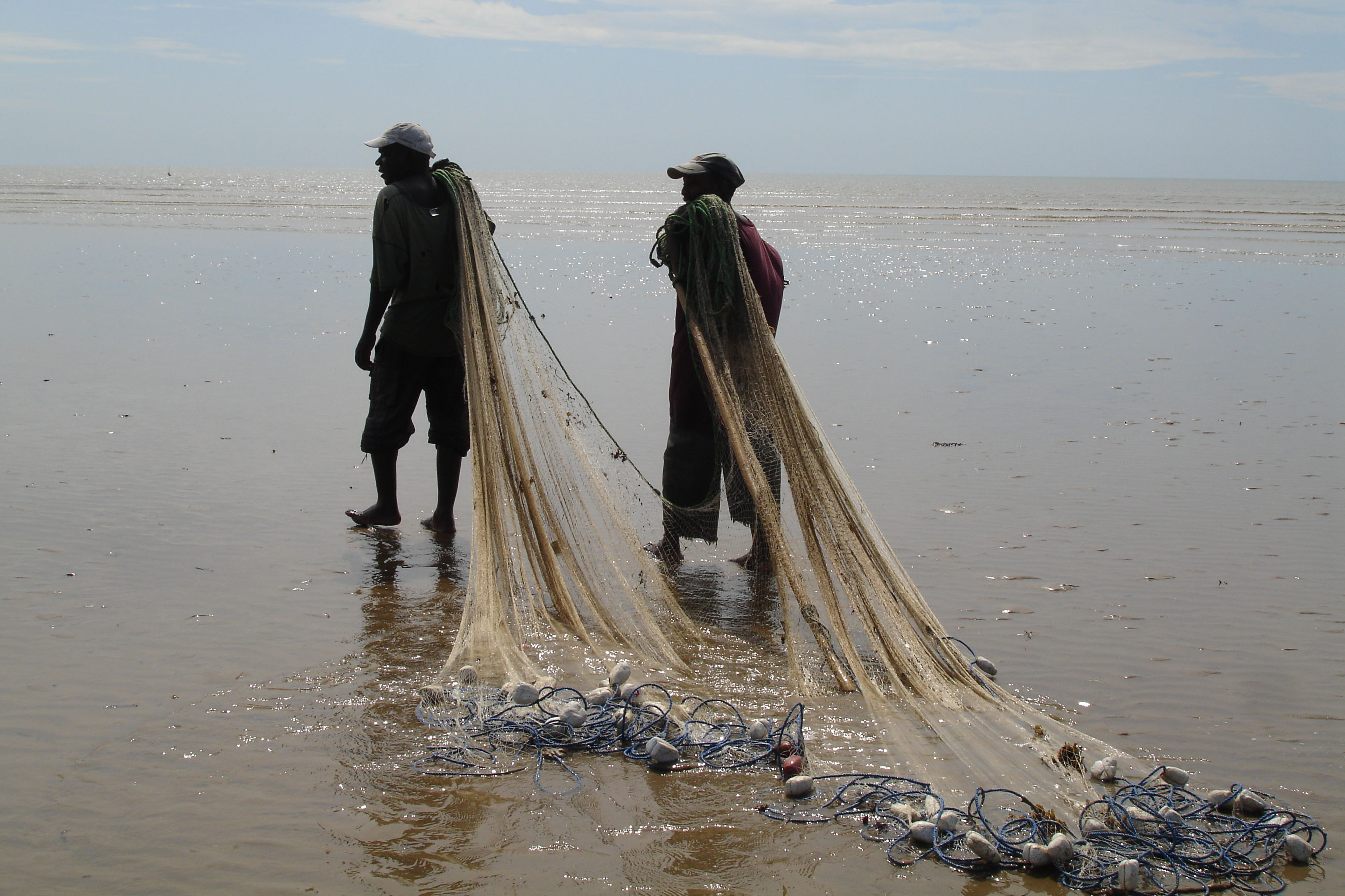
Tanzania
In the Wami Ruvu basin, FIU worked with local governments and NGOs to maximize the supply of clean safe water for basic needs while also creating opportunities for business ventures among local villagers so clean water could be a financial benefit in addition to a necessity. Micro-lending at the village level encouraged private investment. This effort helped foster 27 new village micro-savings and micro-financing programs that serve more than 25,000 people in the area. More than 70 water access points have been created serving some 16,000 people, and more than 20,000 people have completed sanitation and hygiene education.
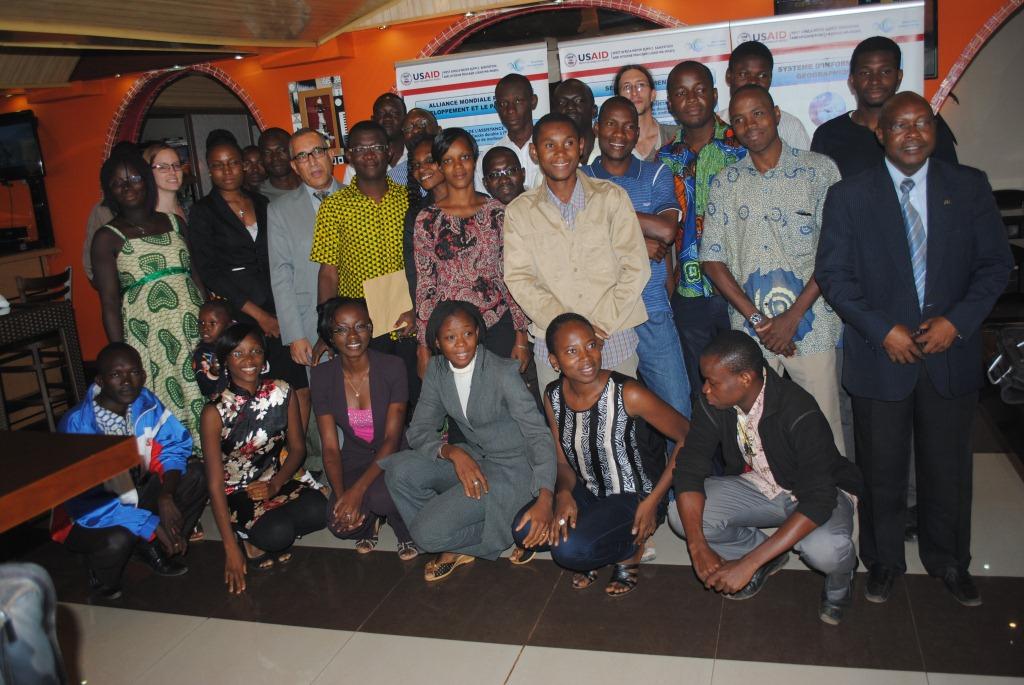
Tanzania, Burkina Faso and Mozambique
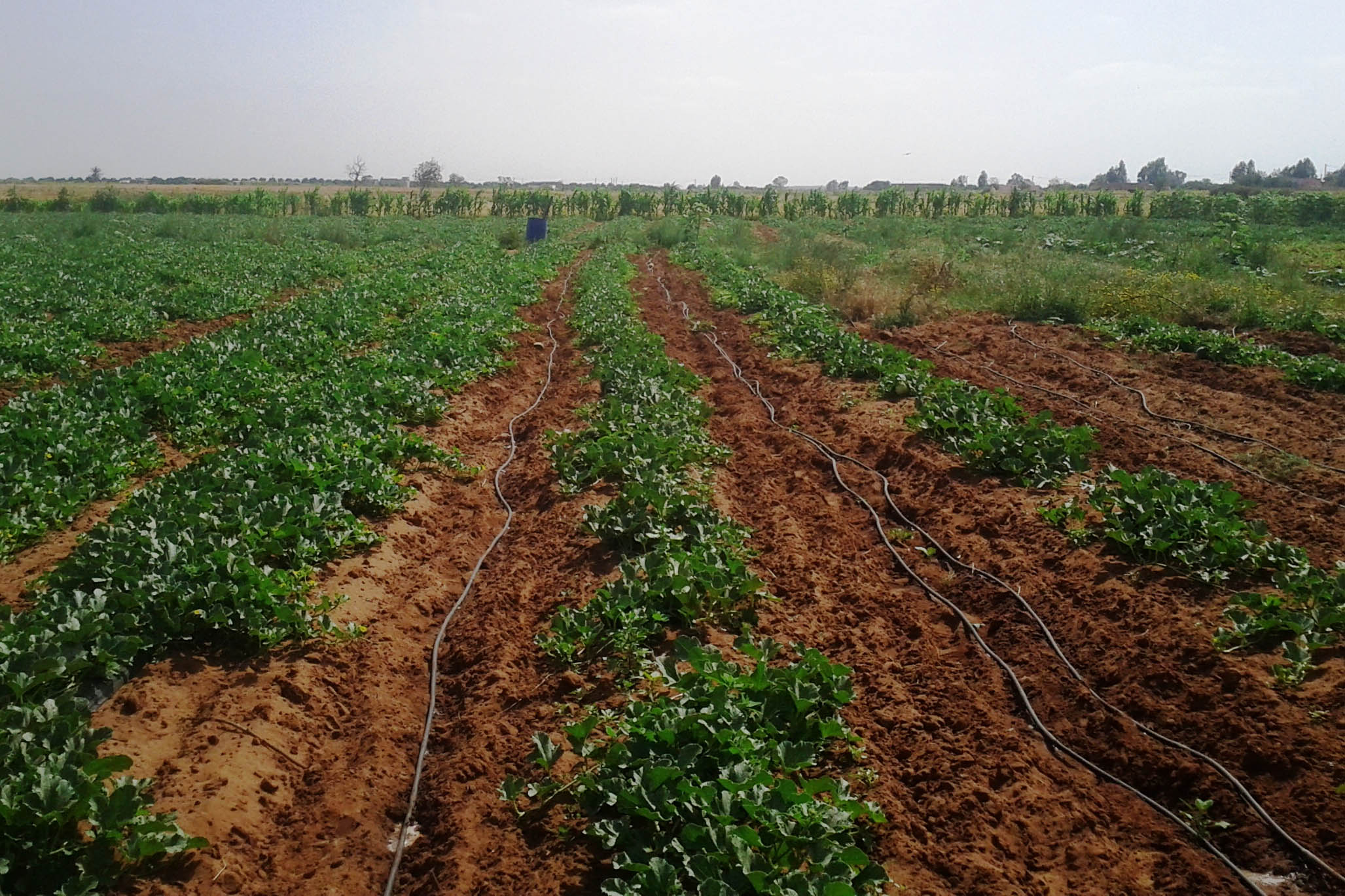
Morocco
An FIU team traveled to the El-Haouz region of Morocco to increase access to drinking water, improve hygiene practices and encourage collaboration among local authorities to govern water. In the agricultural Doukkala Province, FIU worked with small farmers to improve their water-use practices which led to enhanced livelihoods and improved sustainability. The project brought clean water to hundreds of children in local schools, provided more than 1,000 people with improved access to sustainable water and educated 3,000 people on best hygiene practic

India
FIU worked with local community partners along the Wakal River basin to support equitable access to and sustainable use of water resources. This included facilitating communication and collaboration among stakeholders, while building capacity of basin residents and local governments in water resources management. To improve rainwater harvesting methods, our scientists studied locations of harvesting structures to measure rates of groundwater recharge. We coordinated training sessions for local governments (known as Panchayats) and state-level representatives on topics in integrated water resources management to provide leaders with the tools to make more informed decisions about water management in the Wakal River basin.
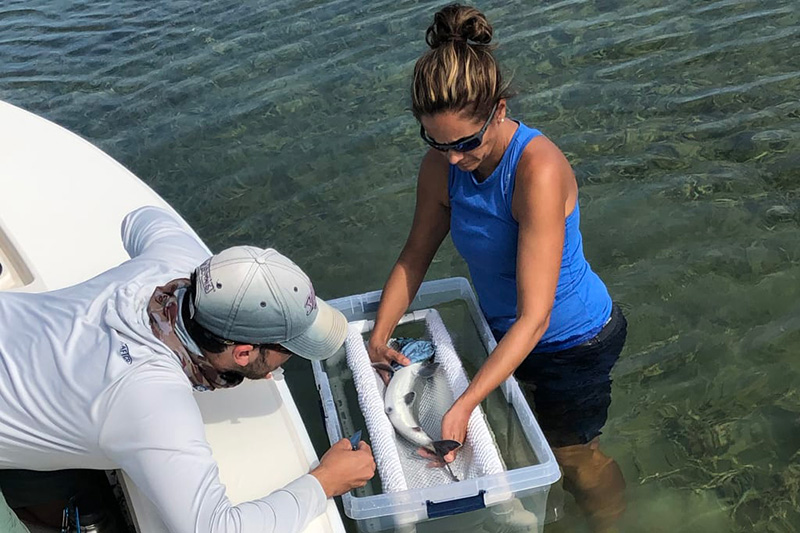
Clean Water and Pharmaceuticals
Pharmaceuticals are a growing concern for the health of aquatic ecosystems, the food chain and drinking water. At Florida International University, our researchers are studying the impacts of a variety of pharmaceuticals that are found in drinking water and in fish and their methods of transport. Our goal is to help alleviate the strain of these contaminants of emerging concern and provide information to prevent future contamination.

Antibiotics
Given the heavy use and widespread presence of antibiotics in natural waters and drinking water sources, FIU researchers are monitoring the degradation of by-products to better assess the risks associated with antibiotics released into the environment. The presence of antibiotics in natural waters is a serious problem because of their potent biological activity. They are highly water soluble and generally resistant to biodegradation. Our studies on the photolysis of target antibiotics demonstrate that photochemical degradation plays an important role in the environmental fate of antibiotics. The extent of photodegradation was largely dependent on the solution pH, the presence of dissolved organic content and chloride ions and the irradiation source. The photodegradation of the selected antibiotics in the natural environment will vary depending on structural characteristics as we observed the degradation of sulfamethoxazole and ciprofloxacin are complete within hours while macrolides require days for removal. The photolysis rates reported in this work were measured under constant irradiation in isolated systems and thus represent the upper limit for the degradation in the environment. The degradation rates can decrease significantly depending on overcast conditions, water quality, light adsorption properties, the water matrix and the depth of the photic zone.

Clean Water and Industrial Contaminants
Industrial materials and industrial processes are a growing concern for clean drinking water. At Florida International University, our researchers are studying the impacts of a variety of contaminants and their methods of transport. Our goal is to help alleviate the strain of these contaminants and provide information to prevent future contamination.
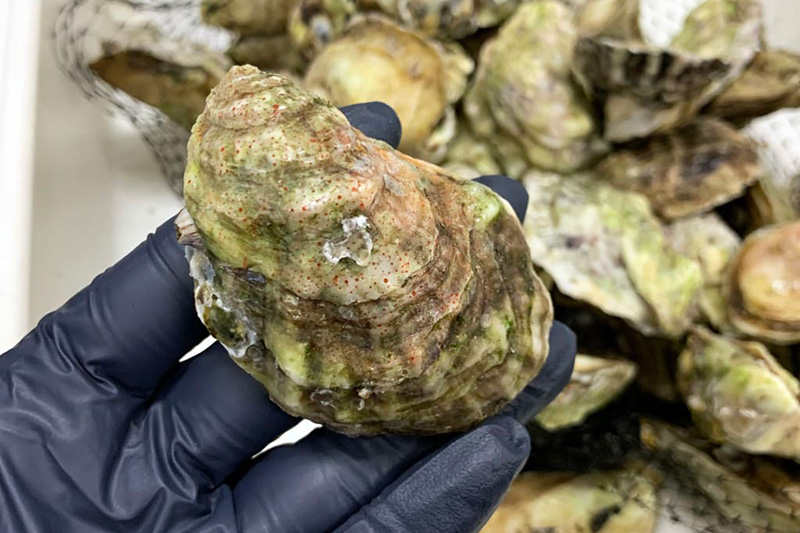
PFAS Chemicals in South Florida
FIU Institute of Environment scientists are among the first to measure the local distribution and level of perfluoroalkyl and polyfluoroalkyl (PFAS) contaminants in South Florida tap water and surface water. The levels found were lower than standards set by the U.S. Environmental Protection Agency (EPA), however those limits do not factor in newer PFAS. Around 30 different PFAS were found in Miami, Broward and Palm Beach tap water, with the highest concentrations detected in samples collected near the Miami International and Fort Lauderdale-Hollywood International airports. PFAS were also detected in Biscayne Bay and nearby tributary canals. PFAS include thousands of different man-made chemicals, primarily used in industrial and consumer products. They are found in everything from fast food packaging, non-stick cookware, waterproof makeup, clothing, adhesives, firefighting foams and more. Known as “forever chemicals,” PFAS are problematic because they accumulate over time in the water, air, soil — and have even been found in human blood.

PFAS Detection
Perfluoroalkyl substances (PFAS) are highly persistent organic pollutants that have been detected in a wide array of environmental matrices and, in turn, diverse biota including humans and wildlife. FIU researchers are part of a research team that has developed a toxicity assay for embryonic stages of mahi-mahi, as an environmentally relevant pelagic fish species, and applied this assay to the evaluation of the toxicity of legacy and next-generation PFAS. The study is the first to demonstrate embryotoxicity of PFAS in a pelagic marine fish species, and suggests that mahi-mahi represents a potentially informative, and moreover, environmentally relevant, ecotoxicological model for PFAS in marine systems.

Flame Retardants
The widespread use of hazardous organophosphate ester (OPE) flame retardants has led to the contamination of groundwater and drinking water sources. Given the negative impact of OPEs on environmental and human health, FIU researchers are working to identify effective remediation processes. Our research has demonstrated ultrasonic irradiation is effective for the degradation of the halogenated flame retardant TCEP. The results suggest ultrasonic treatment can be used alone or in combination with other methods for the remediation of problematic organophosphorus flame retardants.

Clean Water and Biological Contamination
Biological pollutants, including bacteria, viruses and parasites, can contaminate drinking water. At Florida International University, our researchers are studying the impacts of a variety of contaminants and their methods of transport. Our goal is to help alleviate the strain of biological contaminants and provide information to prevent future contamination.

Cyanobacteria
Biological pollutants, including bacteria, viruses and parasites, can contaminate drinking water. At Florida International University, our researchers are studying the impacts of a variety of contaminants and their methods of transport. Our goal is to help alleviate the strain of biological contaminants and provide information to prevent future contamination. Cyanobacteria FIU researchers have provided the first evidence of bioaccumulation of cyanobacteria in native snails living in Lago Catemaco, a lake in Veracruz, Mexico. Exposure to cyanobacterial toxins in freshwater systems, including both drinking water and bioaccumulation in food webs, is emerging as a potentially significant threat to human health. Our researchers are investigating cyanobacterial toxins, specifically cylindrospermopsin (CYN), the microcystins (MCYST) and the “paralytic shellfish toxins” (PST), in the lake. Our data represents the first published evidence for CYN and the PST in Lago Catemaco and, indeed, for any freshwater system in Mexico.